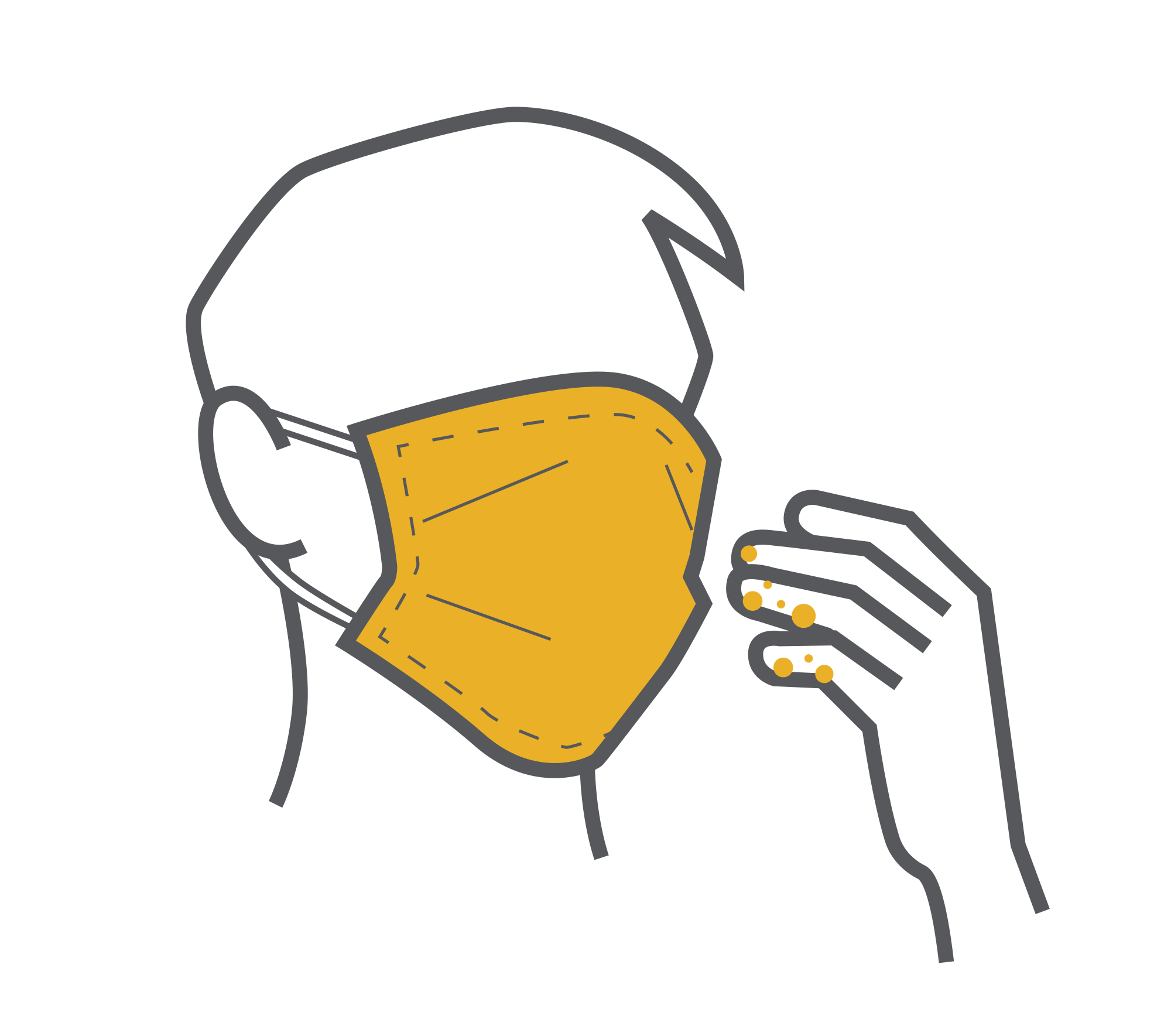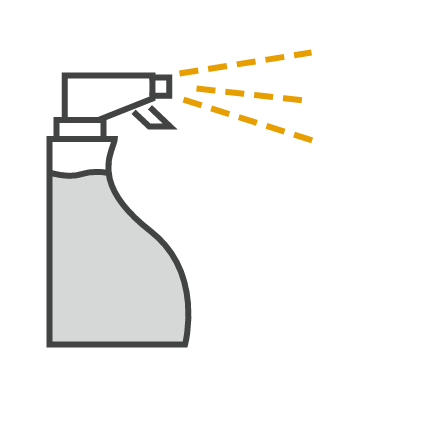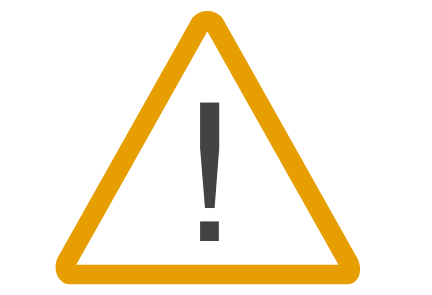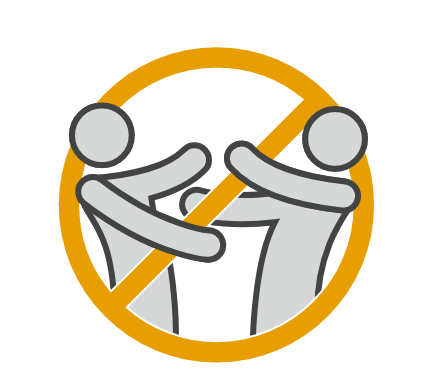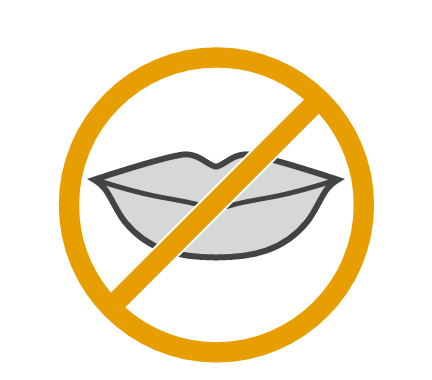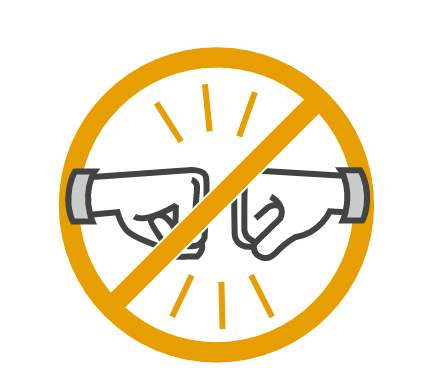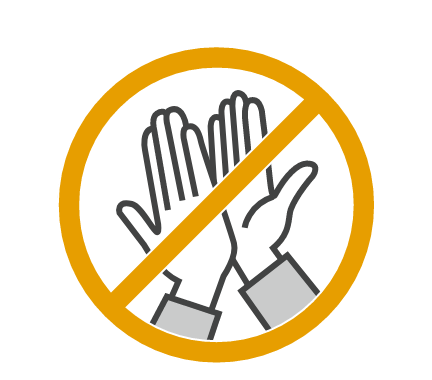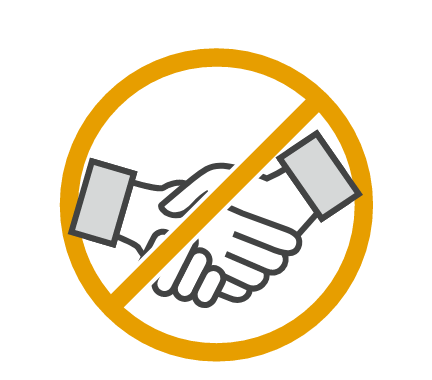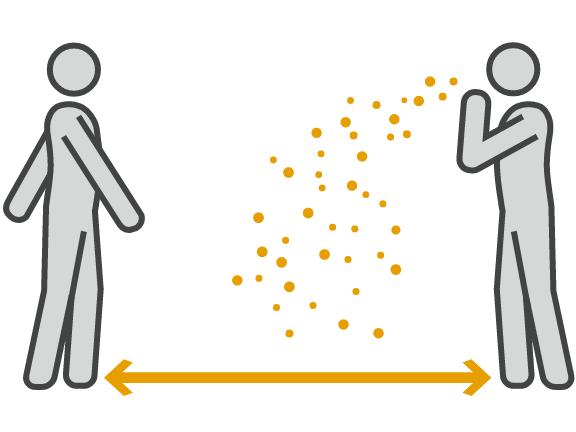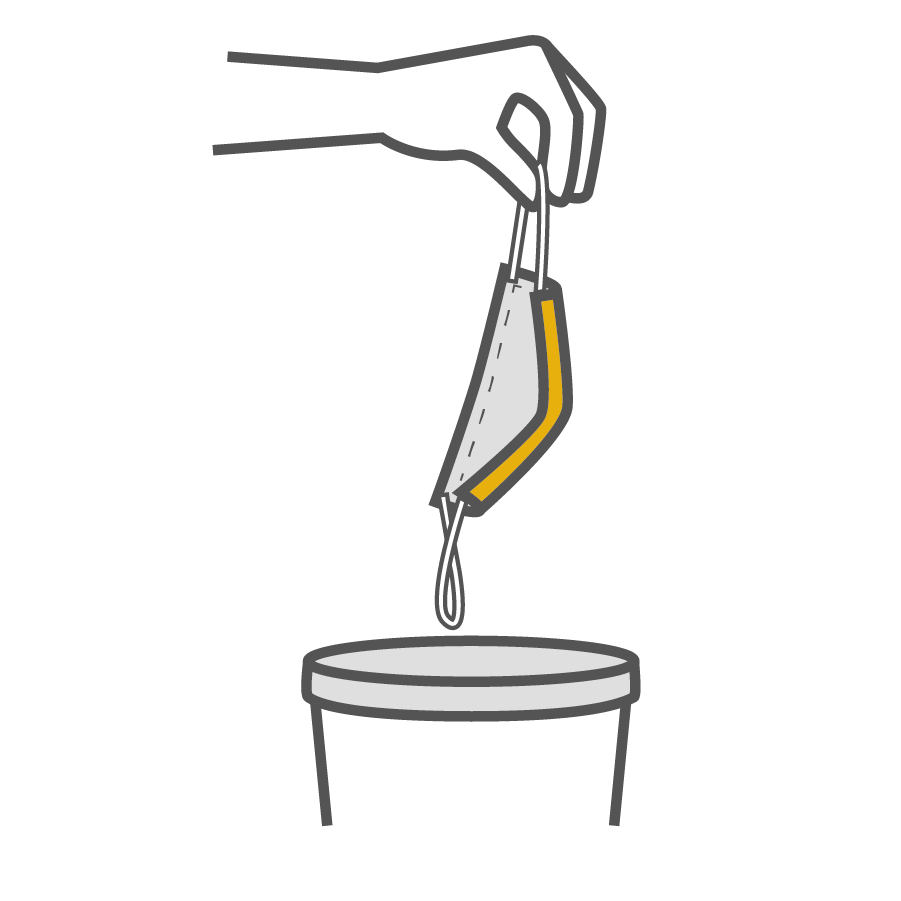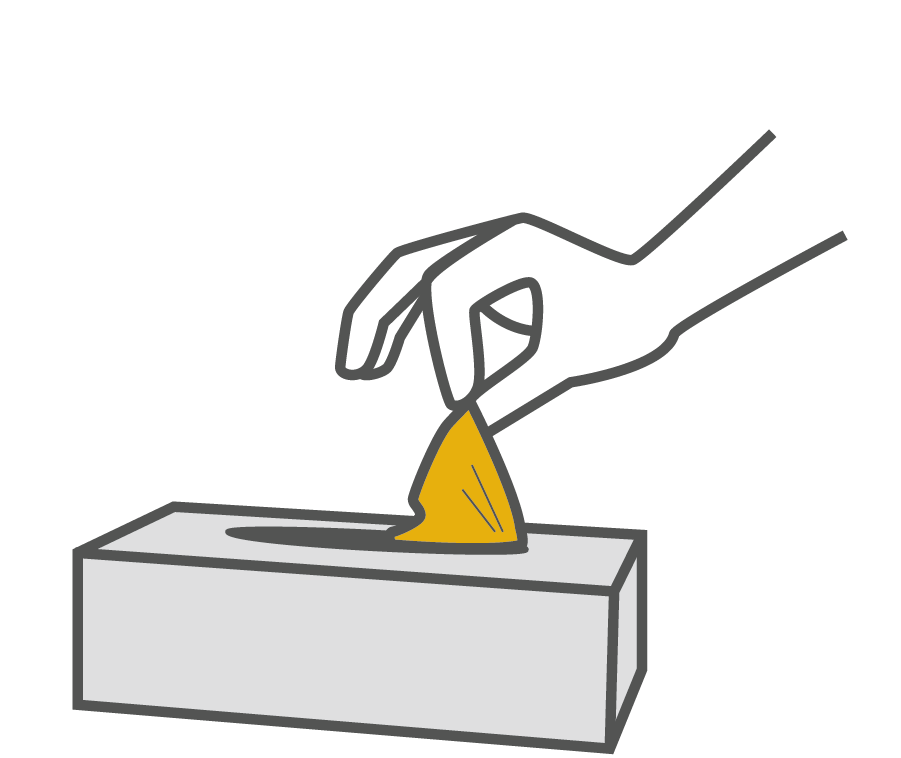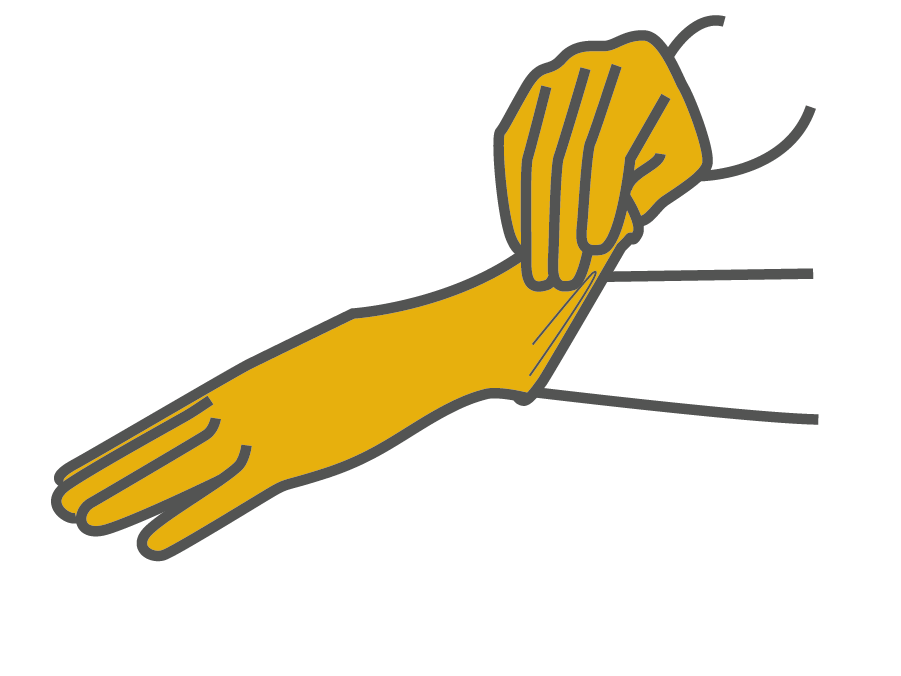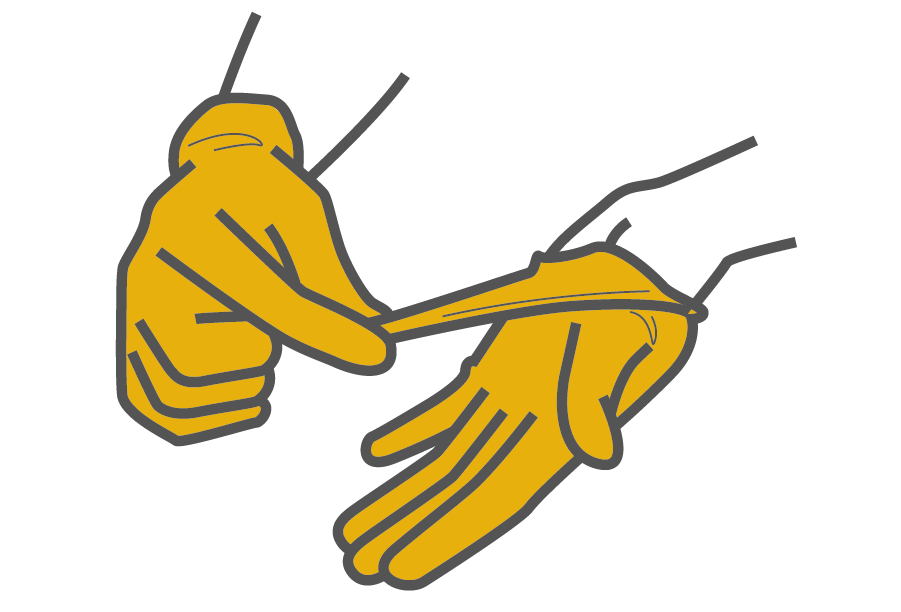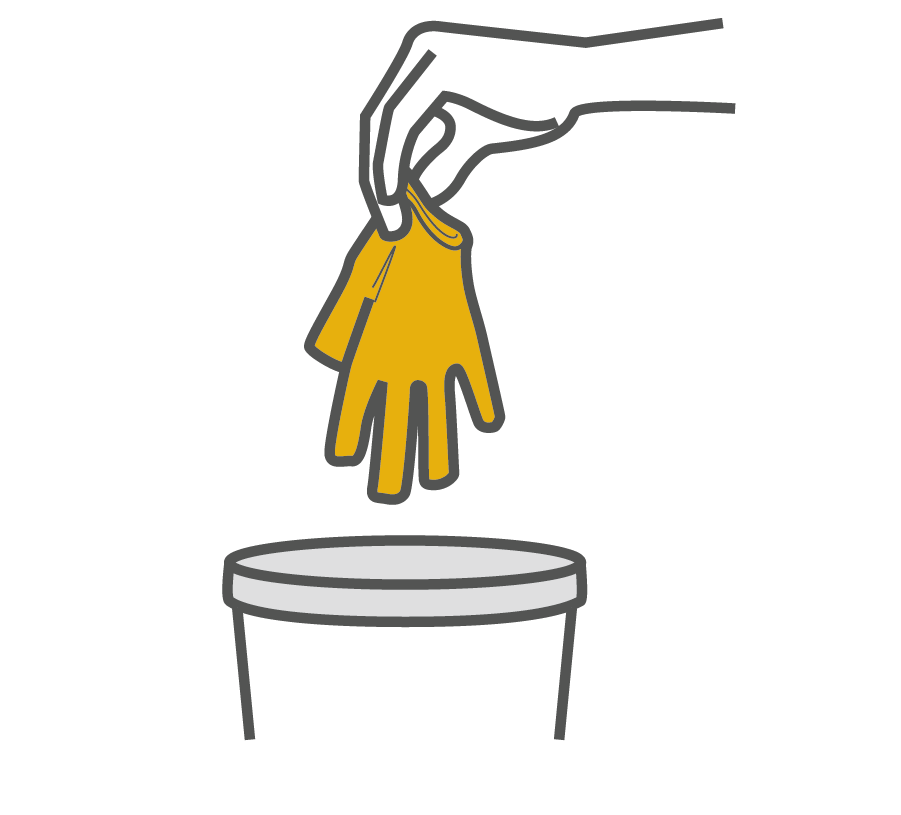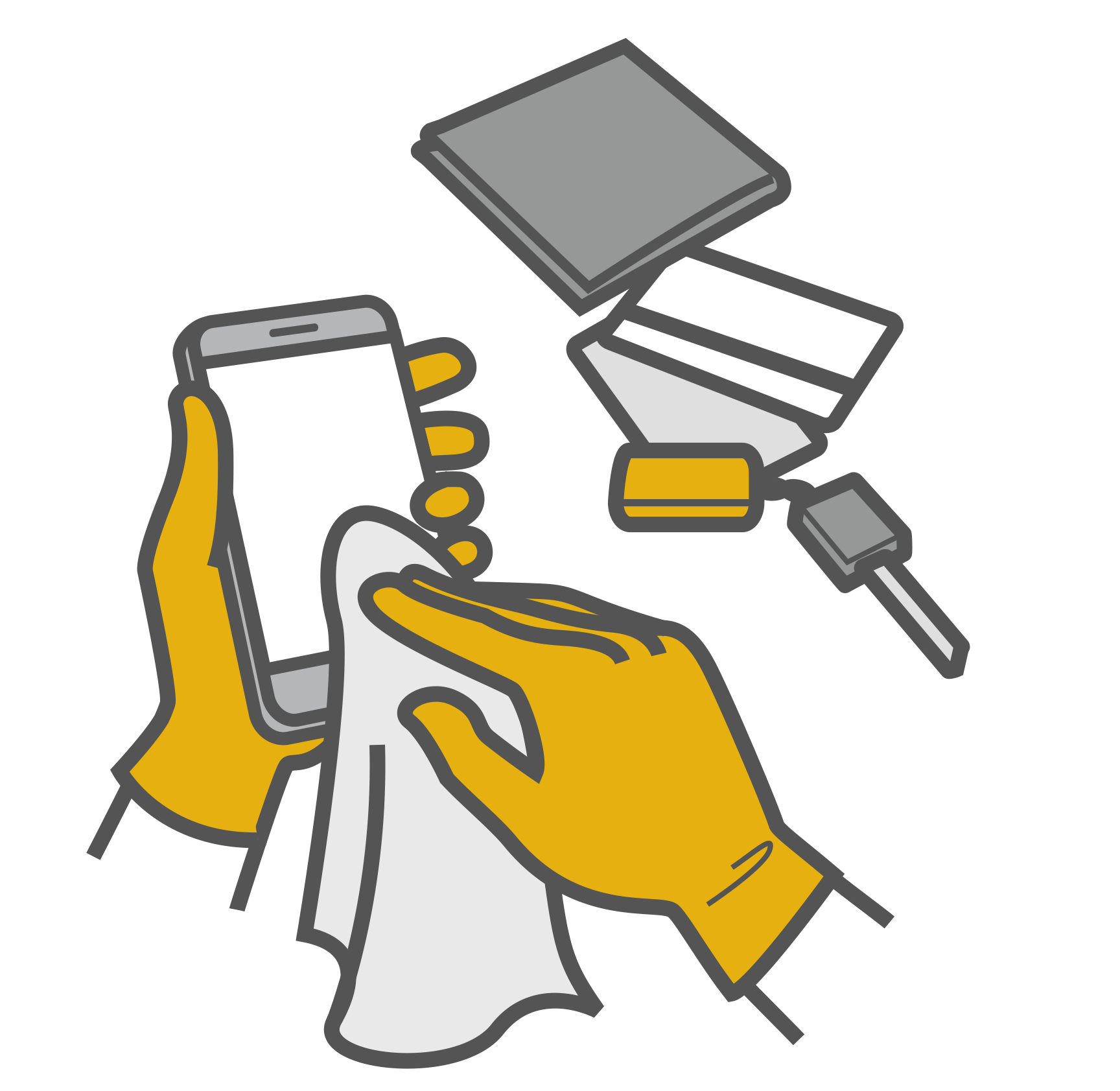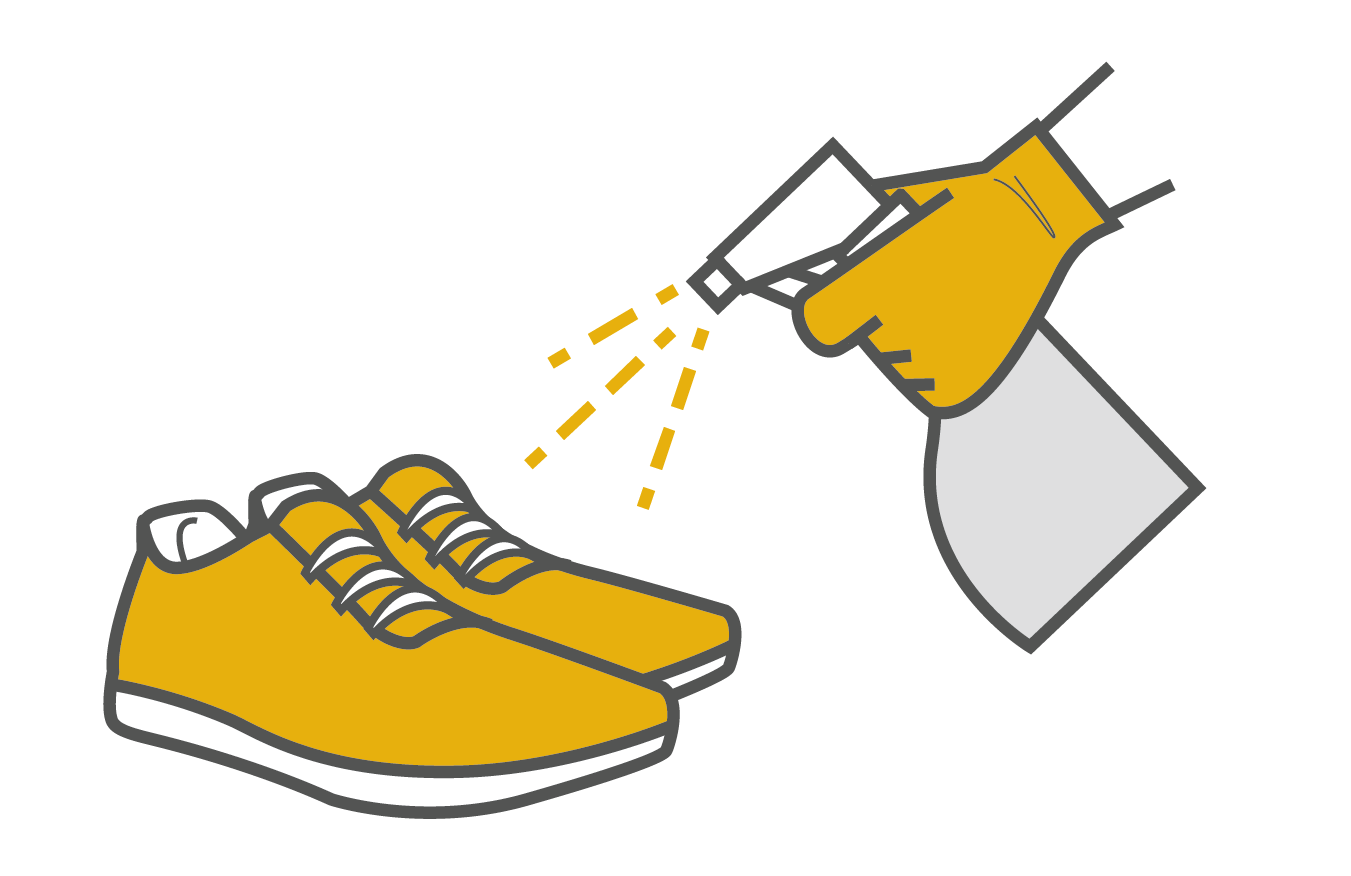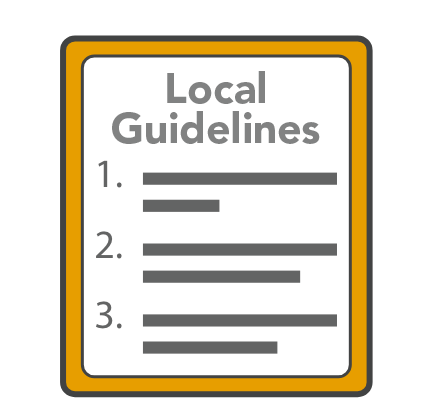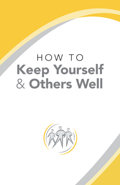If authorities issue local regulations, precautions or procedures to prevent the spread of a communicable disease, follow these while they are in place.
By following the guidelines and precautions in this booklet, you can help prevent the spread of illness and maintain a healthy environment.
The provided information is for informational purposes only and should not be construed as a substitute for professional medical advice. Always seek the advice of your physician or other qualified healthcare providers with any questions you may have.
bacteria: very small organisms consisting of one cell that can be seen only through a microscope. Bacteria exist almost everywhere, including in and on the human body. Some are helpful, such as bacteria that aid in digestion. Others can have harmful effects, such as those causing tooth decay or diseases.
bleach: a strong chemical used for cleaning that kills harmful bacteria and germs.
communicable: able to be passed from one person to another person.
contagious: able to be passed from one person to another, especially through physical contact or through the air.
disinfectant: a chemical liquid that kills bacteria and other microscopic organisms.
food poisoning: an illness caused by eating food that is contaminated with harmful bacteria.
grain alcohol: a type of alcohol that is made from fermented grain. It is a colorless liquid with a sharp smell that has many uses, including killing bacteria and some viruses.
hydrogen peroxide: a watery chemical compound used to kill disease-causing microscopic organisms and also as a bleach to lighten or remove the color from something.
hygiene: clean or healthy practices that are necessary for preservation of good health.
incubation: the phase in the development of a disease between the time someone is infected and the time the first symptoms of the disease appear.
infectious: contagious and able to be passed from one person to another.
isolate: completely separate someone with a disease from other people so that the disease will not spread.
sanitizer: a substance or preparation for killing disease-causing microscopic organisms.
soap: a substance used for washing or cleansing purposes. Solid or liquid, it should be made of organic substances that, when mixed with water, make a solution that then takes unwanted substances into the solution, making it possible to rinse them away, resulting in a clean product.
strep throat: an infection of the throat caused by a type of bacteria called streptococcus. Strep throat causes a sore throat, fever and weakness.
symptom: a change in the body indicating that someone has an illness.
virus: an infectious source of disease in the body that is too small to be seen through a regular microscope. Viruses can infect human beings with the common cold or more serious diseases.
Download and print these signs for your home and/or essential business.
